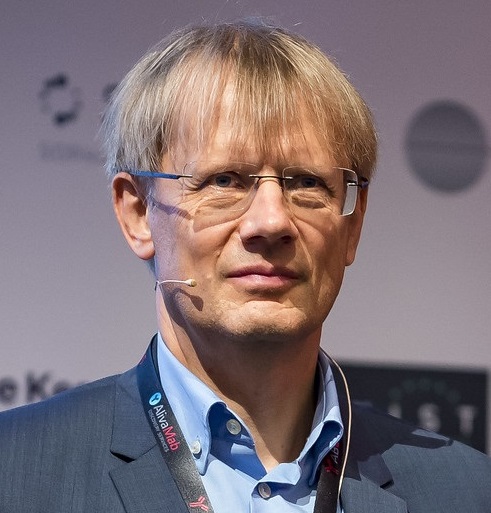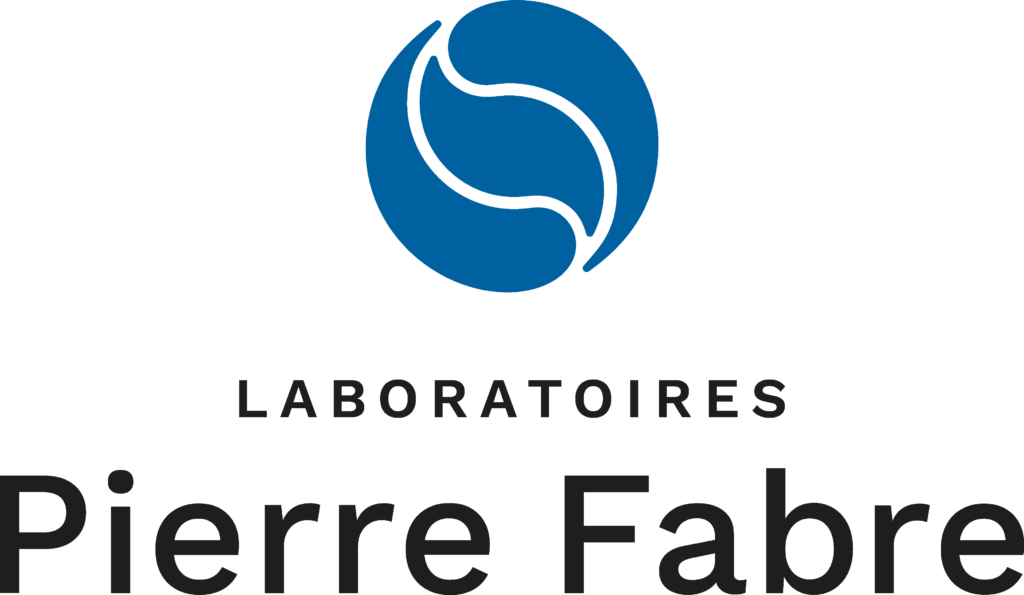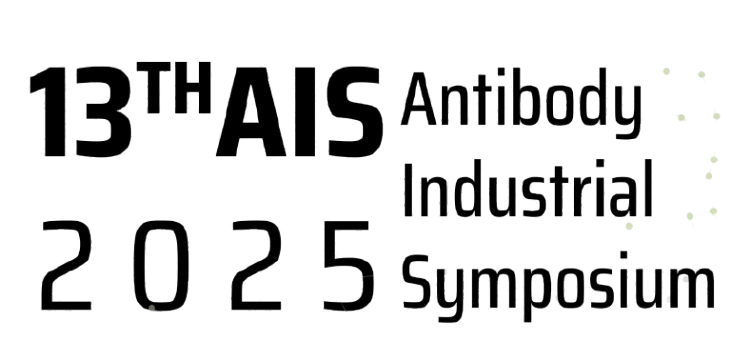With “The Experts Corner,” MabDesign offers a deep dive into the heart of innovation in biotherapies. Through exclusive interviews with industry experts, discover their market vision, their analyses of current challenges, and their perspectives on the latest advances. These inspiring conversations will help you better understand the present and future of biomanufacturing and biopharmaceuticals.

ADCs and their bispecific formats
Alain Beck
CMC Director at Laboratoires Pierre Fabre
Antibody-drug conjugates have been among the most dynamic classes of anti-cancer therapies over the past five years.

Pierre Fabre Laboratories is one of Europe’s leading pharmaceutical companies. For over 40 years, we have established ourselves as a global player in oncology, with full control of the value chain—from research and development to commercialization. Our oncology portfolio includes treatments for colorectal, breast, lung, and skin cancers, as well as certain hematologic malignancies and precancerous skin conditions such as actinic keratosis.
The company employs more than 10,200 people worldwide. In 2024, our R&D budget reached €220 million, with around 70% allocated to targeted cancer therapies and the remaining 30% to dermatology and skincare. Headquartered in France’s Occitanie region and operating in 120 countries, over 90% of our products are manufactured in France.
The majority shareholder of Pierre Fabre Laboratories—holding 86% of the capital—is the Pierre Fabre Foundation, a public-interest organization. This unique governance model ensures the company’s independence and long-term vision. Dividends paid to the Foundation fund humanitarian programs that improve access to healthcare in developing countries.
- What are your current roles and responsibilities within the company?
I serve as the Director of Chemistry, Manufacturing, and Controls (CMC) for biological molecules such as monoclonal antibodies (mAbs), bispecific antibodies (BsAbs), antibody-drug conjugates (ADCs), and Fc-fusion proteins. My responsibilities include leading the CMC strategy across various projects, working closely with multidisciplinary R&D teams as well as external partners, including Contract Development and Manufacturing Organizations (CDMOs) and Contract Research Organizations (CROs).
- With over 100 bispecific ADCs currently in development, including two candidates at Phase III (source: GlobalData), what is your perspective on the dynamics and future of this market?
“In parallel, bi- and multi-specific antibodies have also shown strong momentum, both in oncology and in other therapeutic areas”.
Traditional antibody-drug conjugates (ADCs)—which consist of a canonical antibody chemically linked to a cytotoxic payload via a linker—have been among the most dynamic classes of anti-cancer therapies over the past five years. This is reflected in the steadily growing number of marketing authorizations (currently 16, including 4 approvals in the past six months), as well as in the many acquisitions and high-profile deals that have occurred in the field over the past three years.
In parallel, bi- and multi-specific antibodies (BsAbs and MsAbs) have also shown strong momentum, both in oncology and in other therapeutic areas. Bispecific ADCs (BsADCs) sit at the intersection of these two approaches, offering the potential for improved efficacy beyond what either traditional ADCs or BsAbs can achieve alone. Among the most advanced candidates in clinical development are anbanitumab repodotecan (JSKN003, a HER2 x HER2 biparatopic ADC from Jiangsu Alphamab, currently at Phase III for ovarian cancer) and BL-B01D1 (an EGFR x HER3 BsADC with a topoisomerase inhibitor payload from Baili, in development for non-small cell lung cancer).
- Could you share some examples of recent collaborations in the field of New Biological Entities at Pierre Fabre?
“The anti-c-Met antibody telisotuzumab was originally discovered and optimized in Pierre Fabre’s laboratories and licensed to Abbott in 2010”.
On March 12, 2025, Pierre Fabre Laboratories and RedRidge Biologics (based in Basel) announced an exclusive R&D collaboration and licensing agreement aimed at identifying and developing biparatopic antibody-based drug candidates targeting multiple antigens.
Another notable example is telisotuzumab vedotin (Emrelis), an ADC that received accelerated approval from the FDA on May 14, 2025, for the treatment of adults with advanced or metastatic non-squamous non-small cell lung cancer (NSCLC) characterized by high c-Met protein overexpression. The anti-c-Met antibody telisotuzumab (ABT-700, hz224G11) was originally discovered and optimized in Pierre Fabre’s laboratories and licensed to Abbott in 2010 (Gonzalez A et al., Int. J. Cancer, 2016).This antibody was initially evaluated in Phase I as a naked antibody (ABT-400), and later as two ADCs—telisotuzumab vedotin (FDA-approved for NSCLC) and telisotuzumab adizutecan (Topoisomerase I inhibitor payload, currently in Phase III for colorectal cancer). It has also been developed into a trispecific antibody (ABBV-303), which engages both NK cells and CD8+ T cells against c-Met-expressing tumors (currently in Phase I for solid tumors). This stands as a successful example of licensing-out from Pierre Fabre’s early-stage innovation.
Innovations, challenges and perspectives of ADCs/Bispecific ADCs
- Could you explain the growing interest in BpAbs, BpADCs, and BsADCs? Why do these types of biologics hold such promising clinical potential?
“A first clinical proof of concept was provided by the FDA’s accelerated marketing authorization in 2024…”.
Biparatopic antibodies (BpAbs) are multispecific therapeutic proteins that target two distinct epitopes on the same antigen. This design offers several advantages over conventional monoclonal antibodies, including enhanced functional antagonism, improved internalization, and tailored agonistic effects. These features can translate into more potent and selective therapeutic action.
A key clinical proof of concept came in 2024 with the FDA’s accelerated approval of zanidatamab (Ziihera), a HER2 x HER2 biparatopic antibody, for the treatment of HER2-positive biliary tract cancer. As previously mentioned, JSKN003 (a HER2 x HER2 BpADC) and BL-B01D1 (an EGFR x HER3 BsADC) have both recently entered Phase III trials, further illustrating the clinical momentum and therapeutic promise of this new generation of targeted biologics.
- What are the main challenges and hurdles in developing bispecific ADCs?
Both ADCs and bispecific antibodies are significantly more complex molecular entities compared to traditional monoclonal antibodies. This added complexity impacts multiple aspects of their development—including molecular design, optimization for developability, and pharmaceutical development, particularly from a Chemistry, Manufacturing, and Controls (CMC) standpoint.
- Is the production of these therapies more complex compared to monospecific ADCs?
“Not all bispecific formats are suitable for ADC development, which adds an additional layer of selectivity in the design phase”.
“Not all bispecific formats are suitable for ADC development, which adds an additional layer of difficulties in the design phase”.
Absolutely. The complexity of each component class—ADCs and bispecific antibodies—adds up, making bispecific ADCs particularly challenging to design and produce. Not all bispecific formats are suitable for ADC development, which adds an additional layer of difficulties in the design phase.
Early access to highly sensitive analytical techniques is critical. Native mass spectrometry, combined with various chromatographic and electrophoretic separation methods, is essential to confirm the theoretical structure of these molecules and to guide optimization, including forced degradation studies.
These analytical strategies are key to advancing the developability of bispecific ADCs, and I will be presenting our latest findings on this topic at several upcoming conferences: WADC Asia in Seoul and at the FDA in June, the 35th International Symposium on Pharmaceutical and Biomedical Analysis in Shanghai in July, and at MabDesign’s Bioproduction Congress 2025 event in September.
- You presented the strategies and challenges of this field at AIS last June (AIS 2024, Montpellier, organized by LabEx MabImprove and MabDesign). Do you believe that upcoming innovations will help address these challenges in the near future?
At AIS 2024 and more recently at WADC London 2025, I had the opportunity to present the latest advances in the design, characterization, and early clinical development of the first biparatopic and bispecific ADCs. These innovative formats also received significant attention at the AACR Annual Meeting in Chicago this past April.
There is clearly strong momentum in the field. However, while preclinical data and early-phase clinical results (Phases I and II) are encouraging, it will be essential to confirm these findings through robust Phase III trials involving larger patient cohorts. Only then will we fully understand the clinical value and therapeutic potential of these next-generation biologics.
- What are your expectations for the session you will be chairing at AIS 2025 organized by MabDesign?
For AIS 2025, I will be chairing a session dedicated to the Fc domain of antibodies, including bispecifics, ADCs, and Fc-fusion proteins. The choice between Fc-competent, Fc-silent, or Fc-enhanced formats is a strategic one, with significant implications for pharmacology, toxicity, half-life, product differentiation, intellectual property, and regulatory considerations.
I’m looking forward to in-depth scientific discussions and experience sharing during this session, which I believe will be both informative and intellectually stimulating.
Alain Beck, Laboratoires Pierre Fabre, interviewed by the MabDesign team - May 2025
DO YOU WANT TO KNOW MORE?

Don’t miss the thirteenth edition of the Antibody Industrial Symposium, organized by MabDesign in collaboration with Labex MabImprove, which will take place on June 25 and 26, 2025 in Tours.
You can already register or contact us for more information !
MabDesign has acquired and cultivated expertise in all areas associated with biomedicines and biomanufacturing. Our team is at your disposal to support you in all your projects related to the biotherapies sector, and in particular cell-based therapies. Feel free to explore our range of services, training courses and events if you’d like to find out more!


